Do you ever look at your utility bill and wonder why it’s so high? Could it be that you’re not just paying for what you use but also for hidden fees and sneaky charges?
1. Estimated Readings
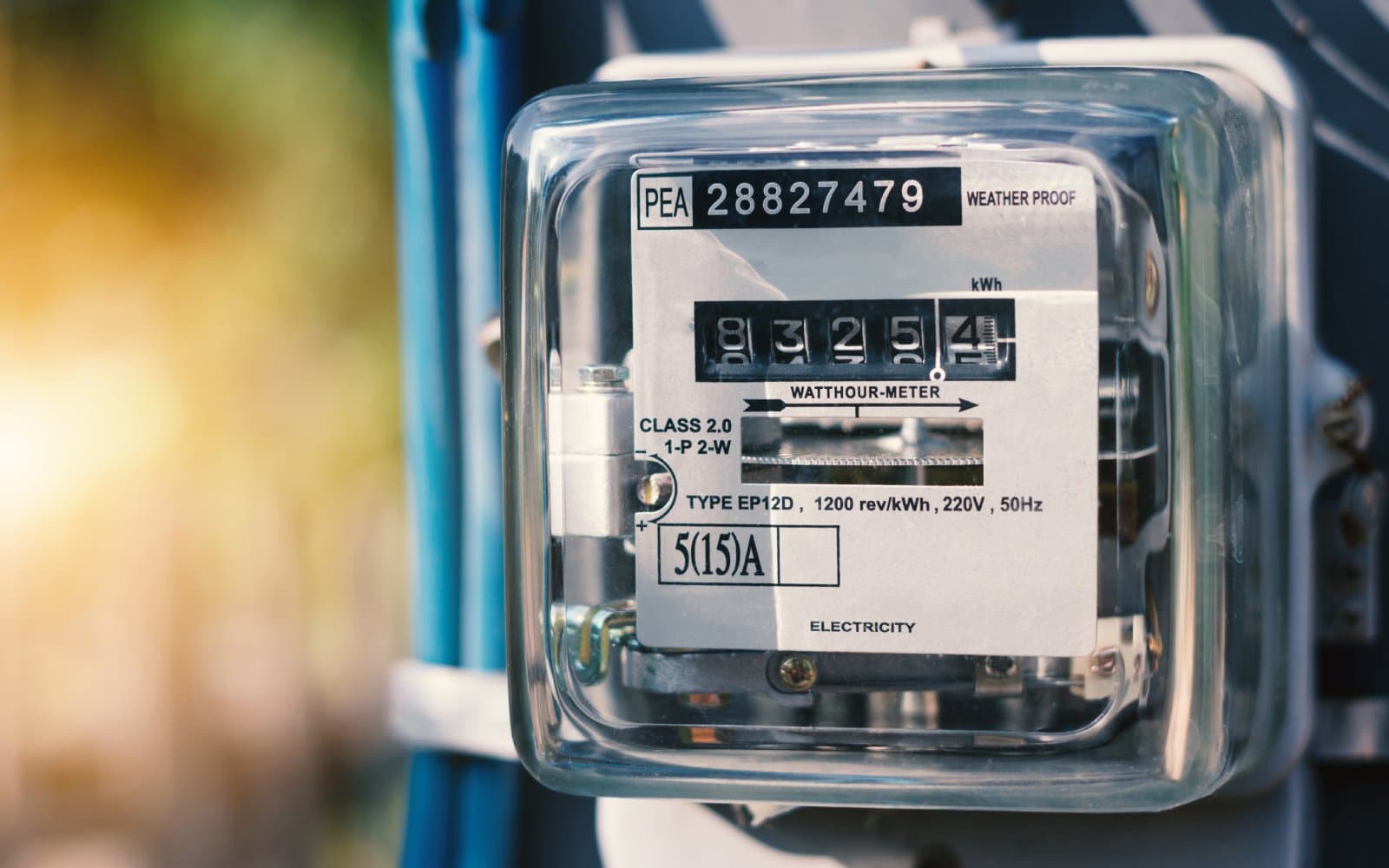
Instead of actual meter readings, some companies use estimates, which can often be higher than your actual usage. Always check whether your bill is estimated and request a real reading if possible.
2. Peak Hour Pricing

Utility rates can skyrocket during peak hours. If you’re not aware of these times and adjust your usage accordingly, you’ll see it reflected in your bill.
3. Service Availability Charges

These are fees charged simply for having access to the service, regardless of how much you use. This base fee can sometimes be increased without clear communication.
4. Inefficient Billing Cycles

Sometimes, billing cycles are set up in a way that pushes you into higher tariff brackets more quickly. Check how your billing cycle is structured to avoid this trap.
5. Unnecessary Service Plans

Your bill might include additional services or maintenance plans that you didn’t explicitly agree to or need. Review your account details regularly to opt-out.
6. Non-Regulated Supply Charges

Some companies add charges for energy supply that exceed regulatory limits. It’s worth comparing these charges to what’s typical in your area.
7. High Administrative Fees

Look out for unusually high fees for customer service or account maintenance, which should reasonably be part of the service, not an extra.
8. Minimal Usage Penalties
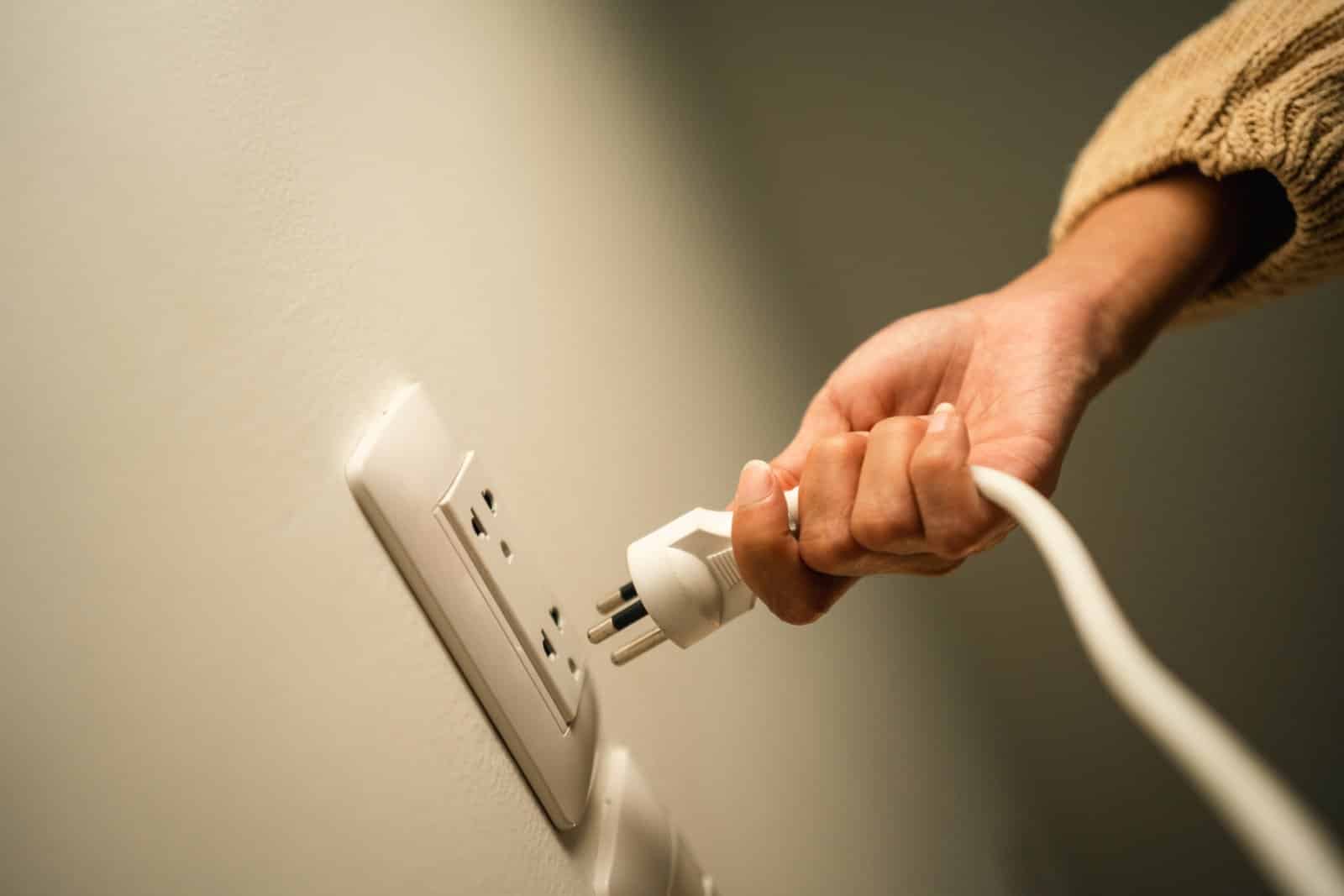
If your usage falls below a certain level, some companies impose penalties. This can unfairly penalize those trying to conserve energy.
9. Inaccurate Meter Readings
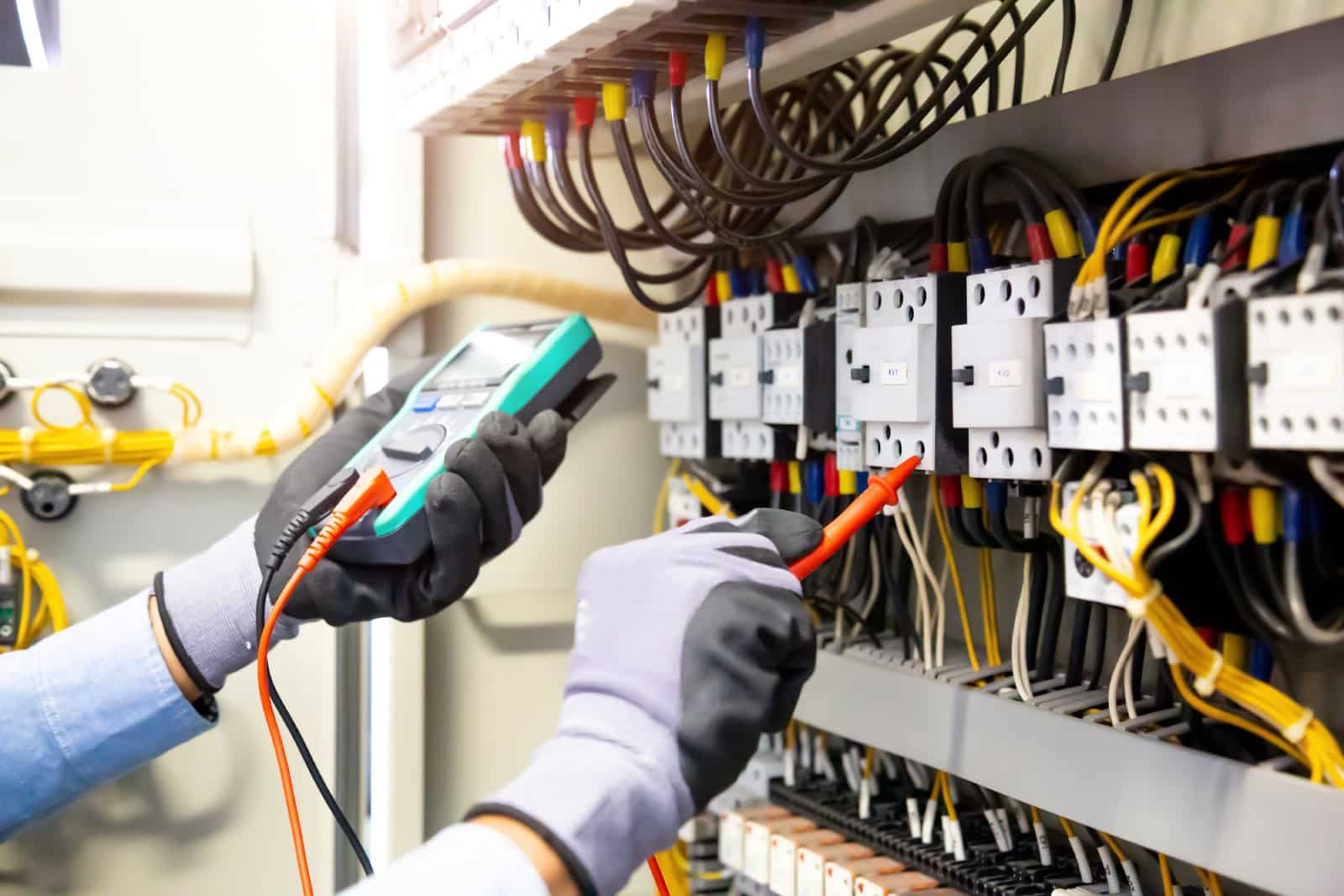
Faulty meters or human error in reading them can lead to charges for energy you haven’t actually consumed. Regularly compare your meter with your bill.
10. Rate Confusion

Companies often offer complex rate structures that are difficult to understand and compare. This complexity can mask higher rates.
11. Fees for Paper Billing
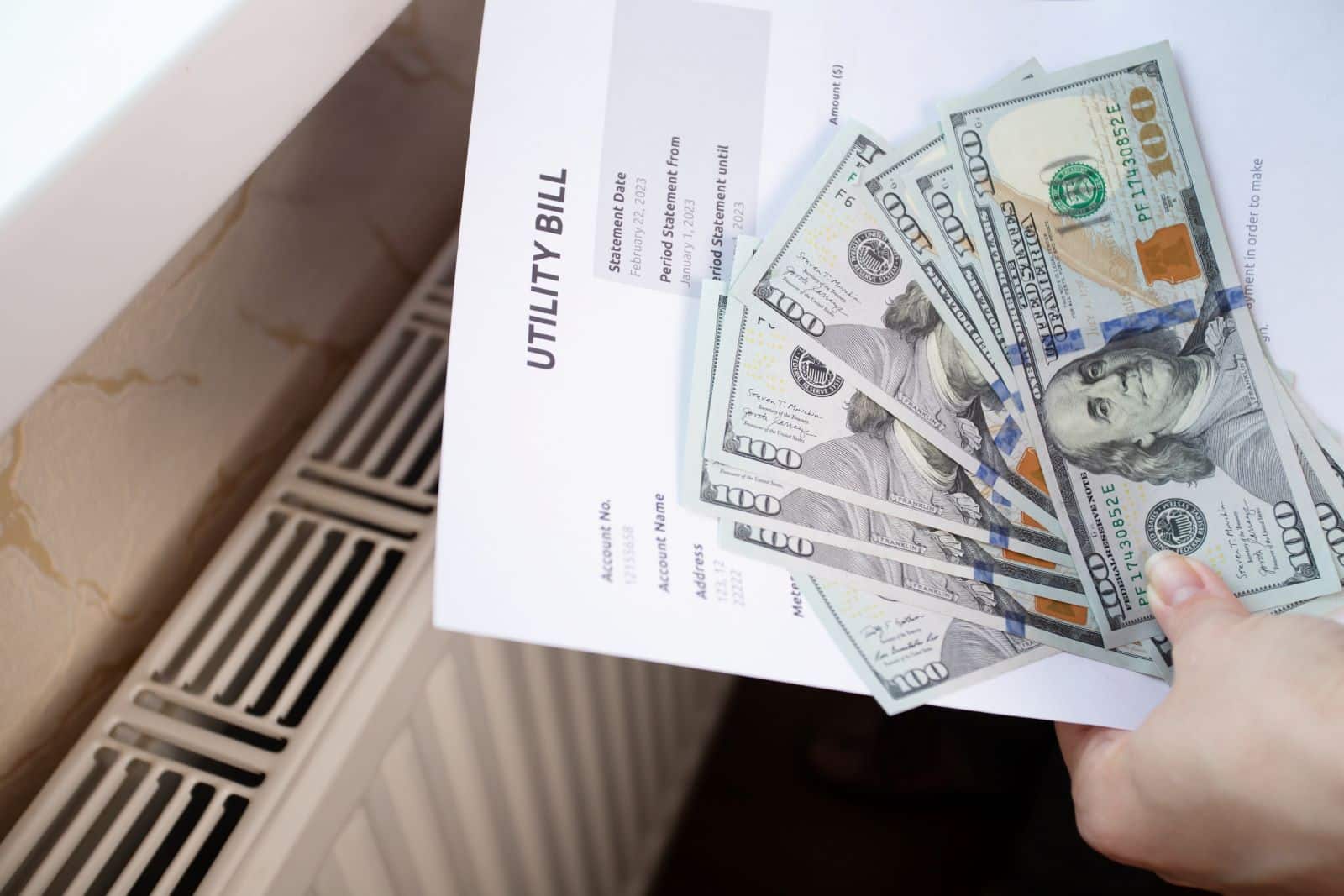
Charging extra for sending a paper bill is a common practice. Opting into online statements if possible can save you these fees.
12. Early Termination Fees

If you switch providers, watch out for hefty early termination fees that weren’t clearly disclosed when you signed up.
13. Tacked-on Environmental Charges

Some utilities add fees meant to cover environmental compliance, which can be inflated beyond the actual cost of compliance.
14. Charges for Payment Methods

Fees for paying by credit card, online, or even in-person can be an unnecessary extra. Check for payment methods that don’t carry fees.
15. Energy Recovery Fees
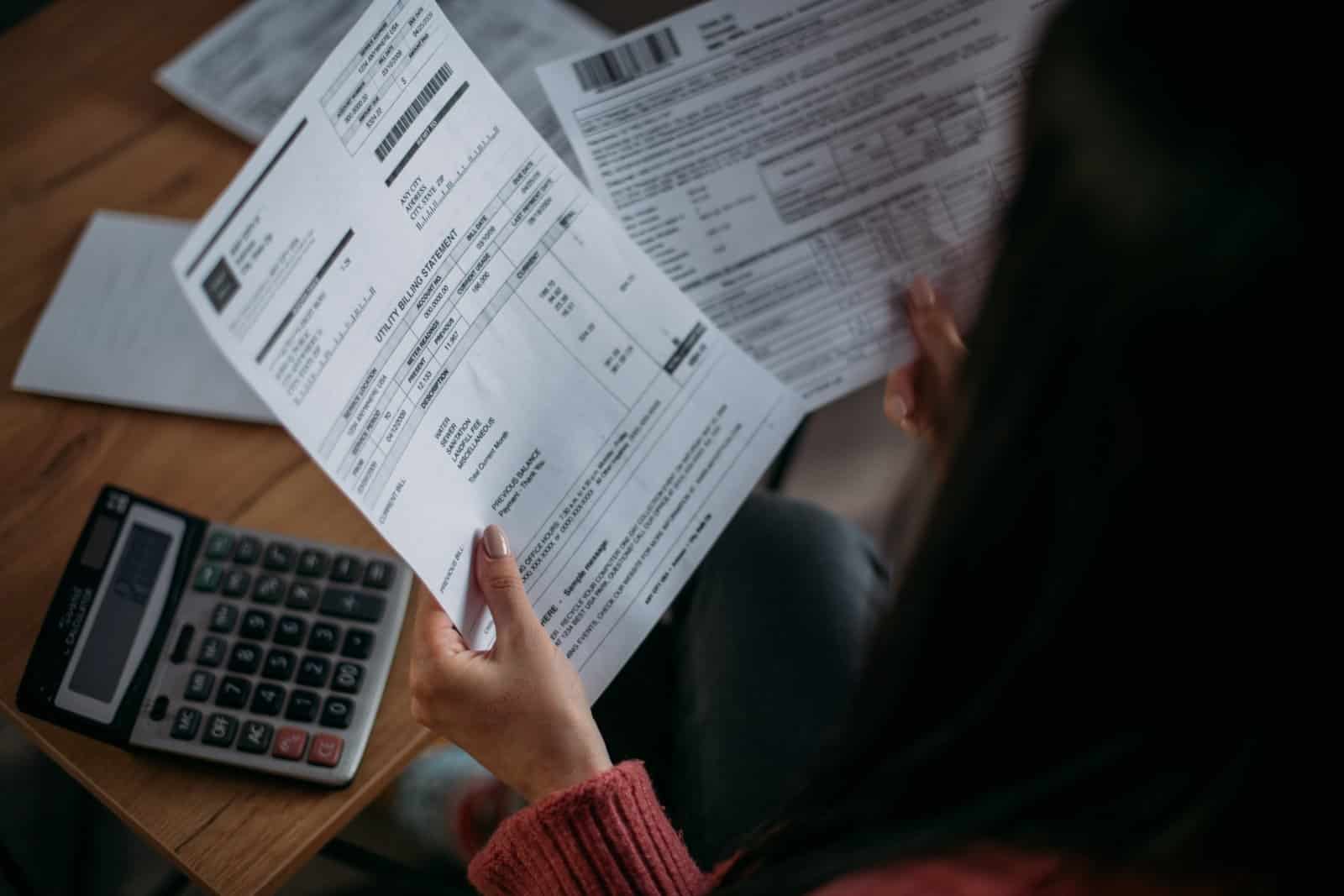
These are supposed to help utilities recoup investments in energy infrastructure, but they can be misapplied or outdated.
16. Unclear Tiered Pricing

Tiered pricing should incentivize lower usage, but if tiers are structured poorly, you might end up paying more despite conservative usage.
17. Redundant Line Charges

Paying separately for line maintenance on top of regular service charges can be an example of double-dipping by the utility company.
18. Inflated Capacity Charges

These are meant to ensure the utility can handle peak demand, but they should be based on actual capacity needs, not exaggerated estimates.
Plug the Drain on Your Wallet

Is your utilities company quietly dipping into your wallet? By understanding these sneaky charges, you can challenge them, reduce your bills, and keep your hard-earned money where it belongs. Always question what doesn’t make sense and demand transparency—after all, it’s your money on the line.
Budget Boss: 12 Tips for Managing Your Money Wisely
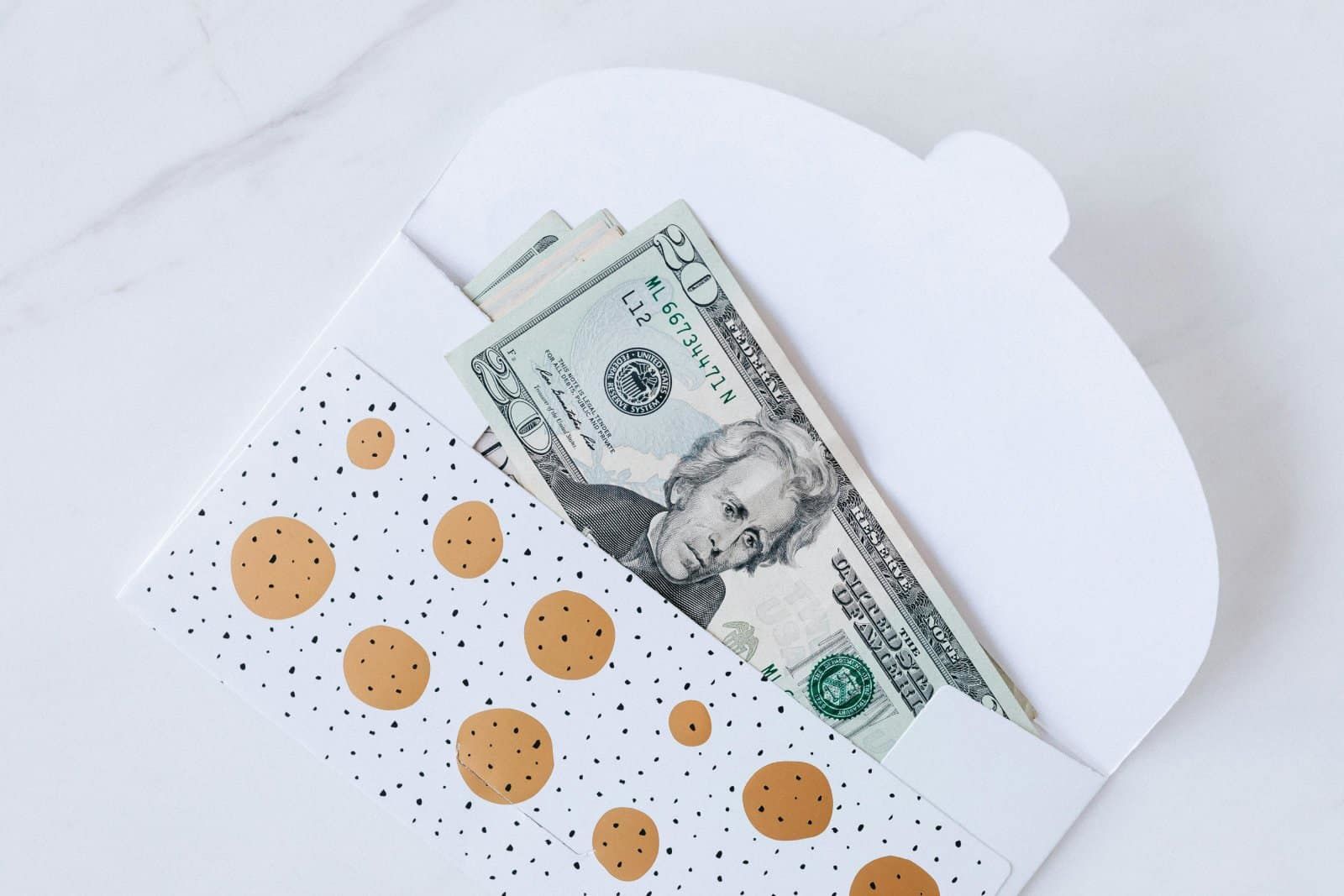
Embarking on a journey to master budgeting requires evidence-based strategies supported by research to manage your finances effectively and achieve your financial goals. Here are 12 research-backed tips, along with actionable steps to implement them, for mastering budgeting and maximizing your financial well-being. Budget Boss: 12 Tips for Managing Your Money Wisely
Ranking the Top and Bottom 24 U.S. Universities

Wondering which universities are the cream of the crop and which ones fall short of the mark? Today, we’re ranking the 24 best and worst universities in the United States to give you the inside scoop on higher education excellence and disappointment. Are you ready to uncover the highs and lows of academia? Ranking the Top and Bottom 24 U.S. Universities
18 Trending Jobs That Let You Travel While Working

Dreaming of turning your wanderlust into a way of life? Believe it or not, there are careers that not only allow but encourage you to explore the globe, dive into new cultures, and collect experiences instead of things. Here are 18 unconventional jobs that offer just that, with a bit more insight into each. 18 Trending Jobs That Let You Travel While Working
The post Utilities Overcharging? Check Out These 18 Sneaky Tactics first appeared on Not Your Boss Babe.
Featured Image Credit: Shutterstock / fizkes.
The content of this article is for informational purposes only and does not constitute or replace professional financial advice.
For transparency, this content was partly developed with AI assistance and carefully curated by an experienced editor to be informative and ensure accuracy.





Leave a Reply